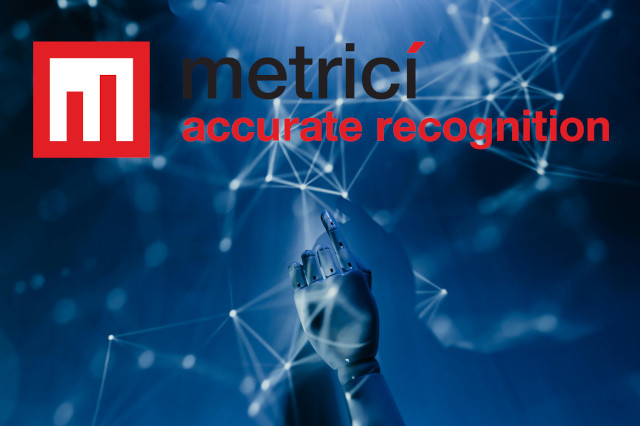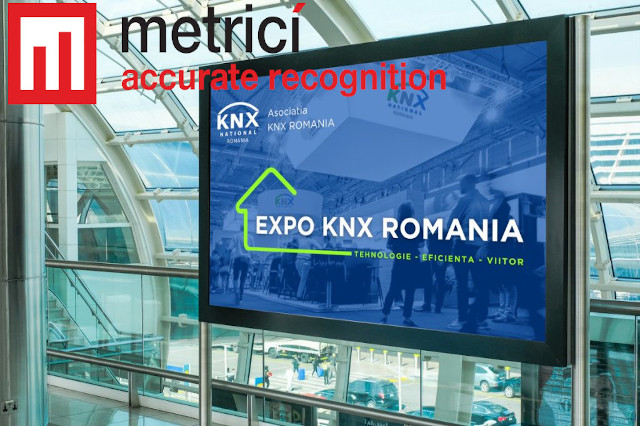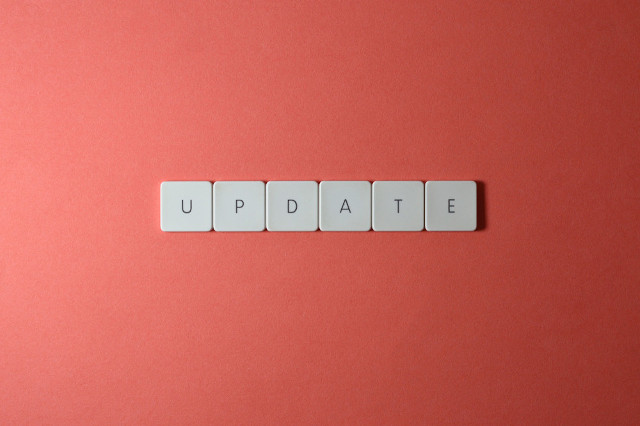- home
-
Products
- Products
- Metrici Custom Applications
- Metrici LPR
- Metrici LPR Parking Module
- Metrici LPR Toll Station Module
- Metrici LPR Weighing Module
- Metrici PPD
- Metrici Area Counter
- Metrici Line Counter
- Metrici QR Code Reader
- Metrici Container Code Recognition
- Metrici Thermal Analyzer
- Metrici Car Kit
- Metrici Server Systems
- Metrici Observer Radar
- Metrici LED Display
- Metrici MultiController
- Metrici LAN Controller
- case studies
- Applications
- Resources
- news
- videos
- Contact
Metrici Complex Integration
Integrating Metrici recognition software such as LPR (License Plate Recognition), Line Counter, Area Countera, object recognition, and thermal analysis into a cohesive ecosystem involves creating a centralized and interconnected platform that enables these components to trigger and respond to one another dynamically. Here's how to achieve this:
Centralized System Architecture
Integration with a Unified Platform
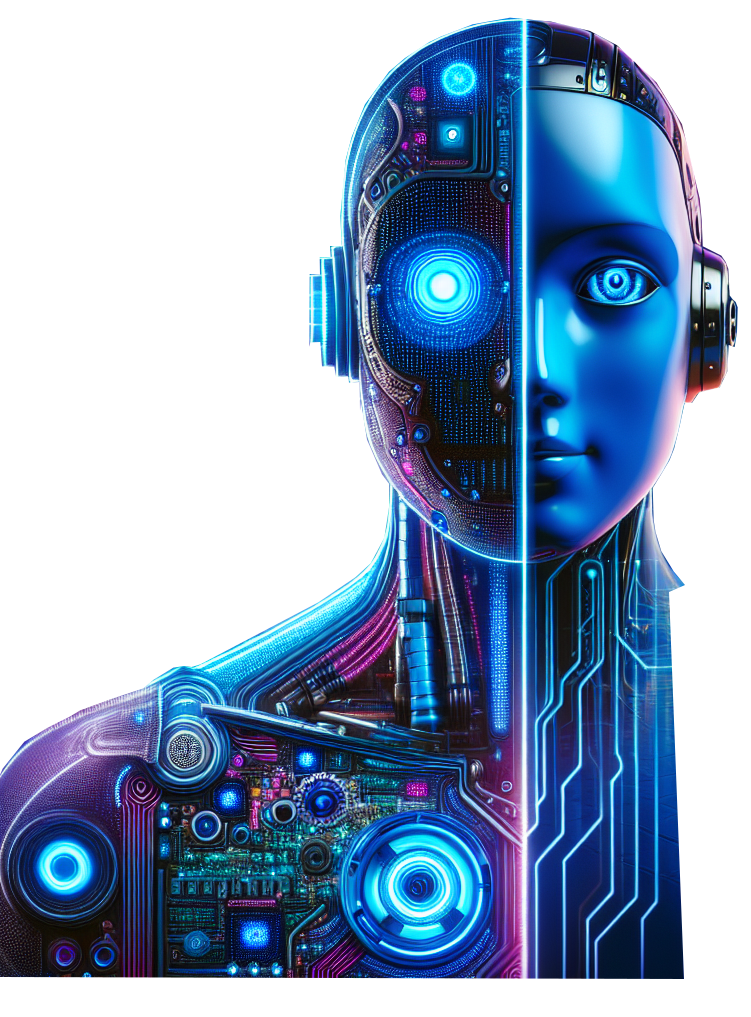
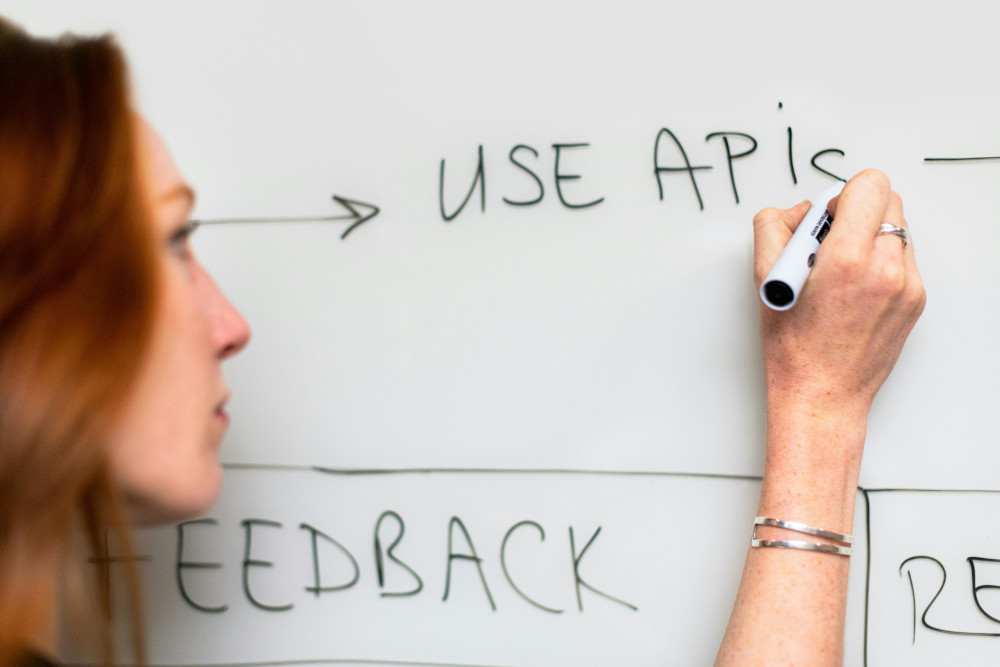
Communication Between Modules
Trigger Mechanisms:
Example
Event-Based Triggers
Example
AI & DNN-Based Coordination
AI-Powered Decision-Making:
Example
Custom Workflows with AI Training:
Example

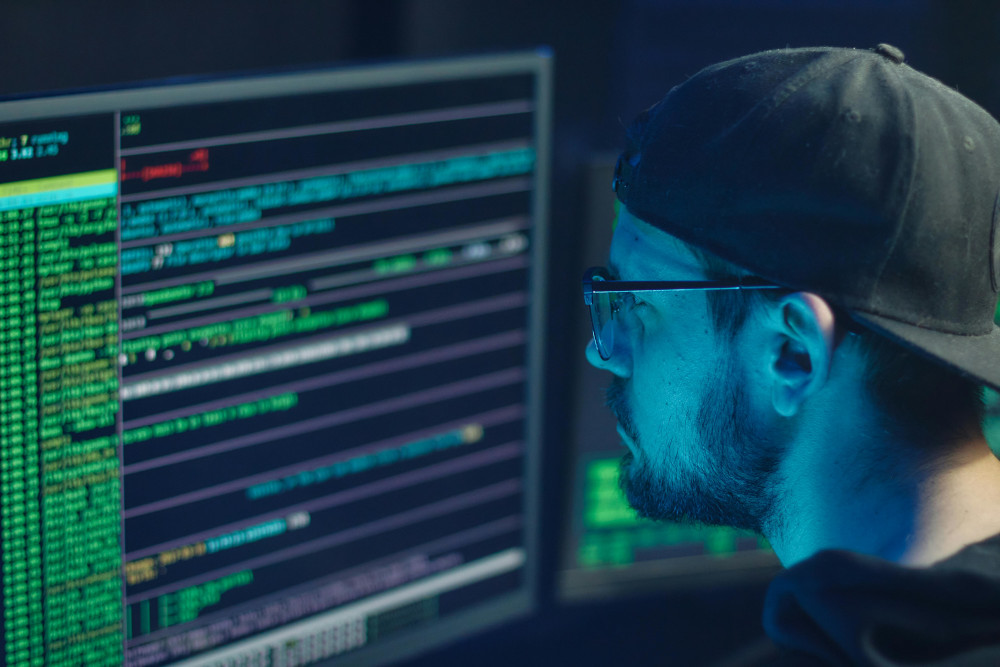
Integration with Management Software
ERP and Workflow Systems:
Example
Real-Time Dashboards:
Cross-Trigger Scenarios
Example 1: Parking Management in a Mall
Example 2: Security at an Airport
Example 3: Production Line in Automotive Industry
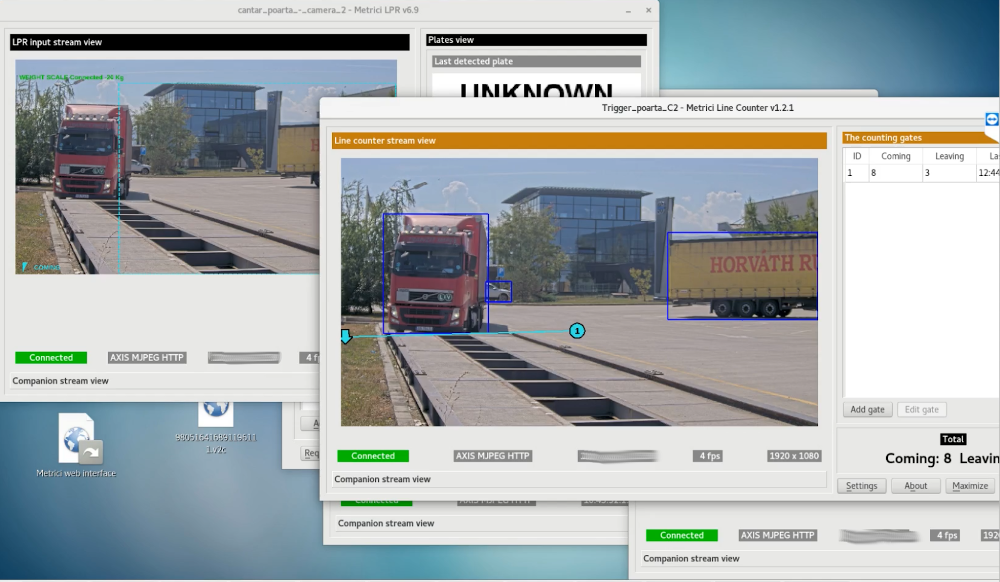

Integration with Alerts and Actions
Automated Notifications:
Example
Physical Triggers
Use Case-Specific Customization
Transportation & Logistics:
Public Safety & Security:
Retail

Benefits of Integration
